There is a revolution coming from businesses who are starting to understand that workplace development on burnout is essential. Development and training in areas such as psychological safety, resilience and burnout are becoming as important as behavioural and skills development like leadership, management, and team development.
Businesses that have traditionally seen burnout as an occupational hazard are now recognising that managing stress effectively will increase their bottom line. Businesses ignore this at their peril. Stress can negatively impact morale and productivity as well as increase employee absence and turnover. Goldman Sachs are leading the way, Bentley de Beyer, global Head of Human Capital Management, says:
“We’re focused on delivering energy optimisation, resilience and mental-health programs that support our people in caring for themselves and their families.”
They advise companies to seek learning providers who have professional qualifications in the areas of stress management and can provide the latest technology in workplace burnout, combined with expert feedback on generated reports, for individuals and the organisation, to maximise the impact that can be gained.
An example of such technology is the Mental Toughness Psychometric Tool (MTQ). MTQ was developed many years ago to assess and measure a person or organisation’s resilience and capacity to perform. It is an electronic tool that provides organisations with accurate reports with metrics, such as their propensity to take risks. Having the confidence to take risks was sighted as a major factor in creating psychological safety according to Google’s ‘Project Aristotle’, and leaders who are able to do this also create a culture of inclusivity. By using tools like MTQ, organisations can accurately assess leadership capability in relation to a leaders’ own wellbeing and resiliency, as well as being able to support their people and teams to do likewise. This very focused and accurate analysis identifies strengths and pinpoints gaps that need to be addressed, which will develop an improved culture of wellbeing with better individual and organisational energy and performance.
Another area of emerging technology is the use of heart rate variability (HRV) to examine a professional’s physiological stress. Whilst the idea of employees using wearables as part of their jobs may not appeal to everyone, the idea of preventing serious health conditions, in executives who feel over stressed, for example, does. There is now technology available to employers that allow employees to assess the effects of stress on their physical state, this concrete evidence raises awareness for individuals and organisations so that they can proactively act and measure improvements in physical energy needed for performance.
These developments in technology have provided an opportunity for employers to receive powerful data and analytics that specifically and systemically helps them to increase the wellbeing, resiliency and energy of their people and their organisation. There is also another revolution afoot which will soon mean that every workplace will have to have burnout training in place, as standard.
If you’d like to discuss how TLC can help your organisation create sustainable success from Leadership Development Programmes, you can get in touch with Nicky Pharoah.
John Earls is Lead Wellbeing and Burnout Consultant – TLC (The Learning Curve)





